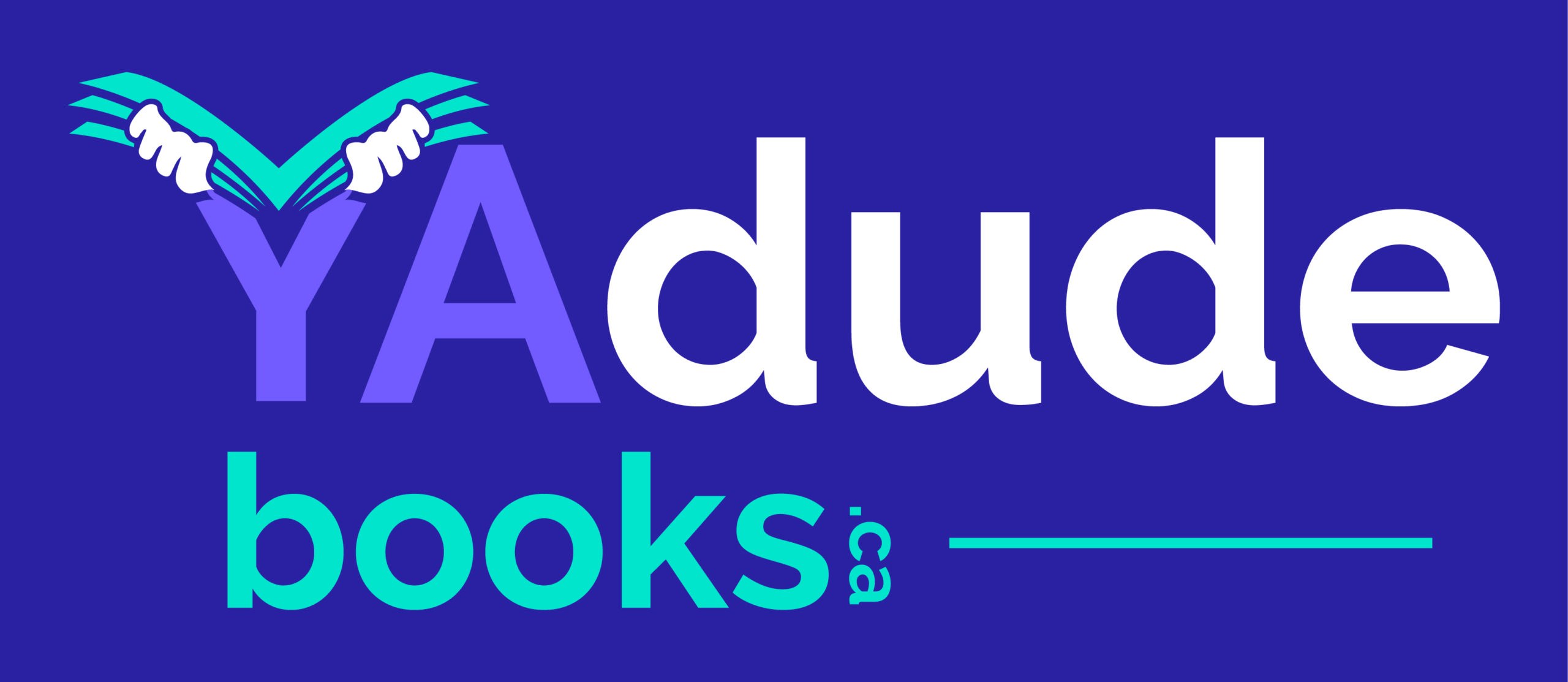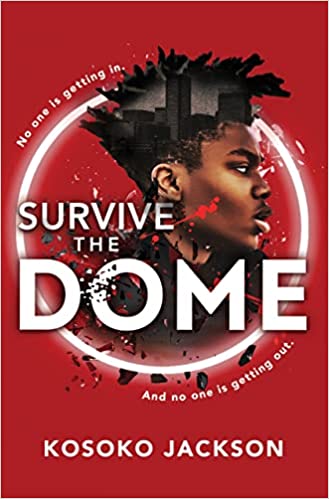Survive the Dome

Author: Kosoko Jackson
Publisher: Sourcebooks Fire
Genre: fiction, sci-fi, fantasy, LGBTQ+
The Hate U Give meets Internment in this pulse-pounding thriller about an impenetrable dome around Baltimore that is keeping the residents in and information from going out during a city-wide protest.
Jamal Lawson just wanted to be a part of something. As an aspiring journalist, he packs up his camera and heads to Baltimore to document a rally protesting police brutality after another Black man is murdered.
But before it even really begins, the city implements a new safety protocol...the Dome. The Dome surrounds the city, forcing those within to subscribe to a total militarized shutdown. No one can get in, and no one can get out.
Alone in a strange place, Jamal doesn't know where to turn...until he meets hacker Marco, who knows more than he lets on, and Catherine, an AWOL basic-training-graduate, whose parents helped build the initial plans for the Dome.
As unrest inside of Baltimore grows throughout the days-long lockdown, Marco, Catherine and Jamal take the fight directly to the chief of police. But the city is corrupt from the inside out, and it's going to take everything they have to survive.
Kosoko Jackson’s novel is a captivating, action-packed, fast-paced read. The title is significant to the events in the book, and the graphics entice the reader to find out what lies beyond the impenetrable dome that traps a young man. No one is getting in and no one is getting out. The external and internal structure of the novel is intense but relatable. What particularly struck a chord with me were the themes of teenage struggles, single parenting and same-sex relationships. These are timely and relevant as the author seeks to unveil injustices affecting LGBTQ+, the Black Lives Matter movement and race -- injustices black people experience daily.
The author addresses this challenging subject matter by combining sci-fi and real-life situations. He creates brave young characters who go out of their way to be part of a social movement dedicated to fighting racism, violence and police brutality. The author employs illusions and allusions to real life situations such as the Black Lives Matter movement. This fully immerses the reader in the story, narrated from a third-person point of view.
We meet a black teen, Jamal Lawson, who is also a budding photojournalist. Jamal plans to join a protest after an officer is acquitted for killing a black man, but he feels the need to go with his white boyfriend, Damien, for his own safety. Jamal then assures his mother that Damien will join him, which reduces her fear for his life. But Damien is different than Jamal; he doesn’t care about politics or social justice. He backs down from joining Jamal at the last minute.
Jamal faces his fears and drives to Baltimore to join the protest and take pictures that will better his chances of a full photojournalism scholarship. He is harassed by a white cop who tries to take his camera and bar him from taking photos. Marco, another black teen protestor, and a hacker, comes to Jamal’s rescue by talking down the cop and threatening him that the masses are watching his actions. Soon the march is interrupted by a dome installed to isolate all undesirables. Tension escalates, Jamal gets trapped and all external communications are cut. He cannot go home, but with Marco, he manages to escape from the police officers now causing violence. Jamal soon finds himself attracted to Marco, who appears to have the solution to every problem they face.
Jamal, Marco and Christine work together to change the world. The author empowers them with tools that enable them to carry out various roles. Even though they initially meet as strangers, they need to trust each other.
I noted some inconsistencies, for example at one moment Marco is described as a taller, stronger and more athletic teen than Jamal, but when Jamal yanks him along, Marco’s hands get bruised. Also, there are characters who are underdeveloped, for instance Brenda, Betty and Janna, and their roles are so ill-defined that, for example, Janna seems not to care about Jamal but we later find out that this is not the case. Regardless, the book is very relevant as it addresses current issues facing teens, particularly black and LGBTQ+ individuals. I highly recommend it to high school students.
-Weldon Ngetich
no-repeat;left top;; auto
